
I love to eat, I am being honest. Whoever will say they don't love food, isn't being true to themselves. I mean who wouldn't. There are so many flavors, so many textures, so many selections, so many cuisines to choose from, so many courses, just thinking about them makes me salivate; but today I want to share with you my all time favorite Filipino food. You might argue that some of these are not authentic or originally from the Philippines, but what I will be referring to is how they are prepared here. So without further ado, let us go to the kitchen ...
If you are a Filipino, or you know someone who is Filipino, then you would know that every Filipino has tasted this dish.
ADOBO
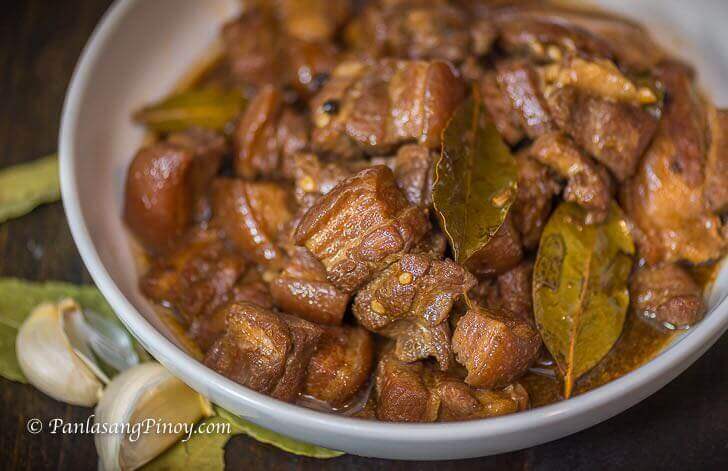
Adobo can be pork, chicken or a combination of both. It is prepared by marinating your meat in soy sauce, vinegar, garlic, peppercorns, and laurel leaves. In recent times, they have innovated the adobo by replacing the peppercorns with black pepper powder (to address the complain of some as having to bite the peppercorns wholely) and adding all purpose cream to make it more rich. It is an all time favorite dish of Filipinos maybe because it does not spoil right away and can be stored for days, even a week.
KARE-KARE
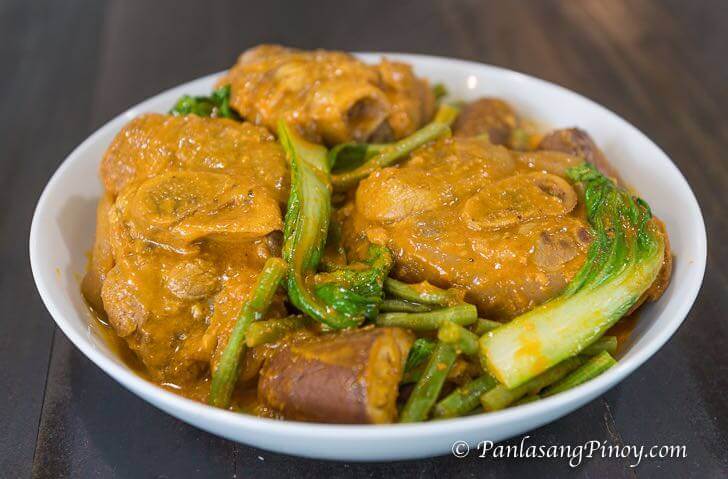
Kare-kare is a traditional Filipino stew. It is made thick savory by adding peanut sauce. You can use ox tail, tripe, pork leg, some use goat, chicken, pork ribs and seafood as well. To fully appreciate this dish, one has to dip or add a peck of bagoong (shrimp paste) to every bite; apparently the richness of the peanut compliments the saltiness of the paste. Traditionally cooked in a "palayok" or a claypot, it minimizes the need to transfer it to a serving dish and is also the serving pot.
LECHON

Lechon is a Spanish word referring to a roasted suckling pig. It has been for a time limited to a pig, but because of a mixture of imagination, creativity and experimentation, nowadays you can also find roasted calf and roasted chicken. In the Philippines, whenever you see Lechon, you know there is a feast going on, such as festivals or holidays. Once seasoning is done, the pig is cooked by skewering the entire animal on a large stick and cooked over a pit of charcoal and the stick is turned manually simulating a rotisserie, for hours and hours, until it is done. What makes the skin crispy lies in the process of cooking and basting it.
SINIGANG

It is a soup or stew, using tamarind to make the dish sour. It is related to the Malaysian dish singgang. Usually, the protein used for it is pork, but you can also cook sinigang using, shrimp, tuna belly. Aside form tamarind, one can also use guava to achieve the sour flavor. The meat is often cooked in a pot with okra, gabi (taro corms), labanos (radish), kangkong (water spinach), sitaw (yardlong beans) and talong (eggplant). Very often, we also add long green peppers to enhance the kick and spice of the dish. The variations of sinigang would depend on what makes it sour; one can use miso, bayabas (guava), mangga (unripe mango), kalamansi and of course it would also depend on which proten to use, which can be either fish, pork, shrimp or prawn, beef or chicken.
NILAGA
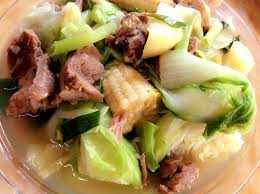
Usually cooked with beef. The ingredients, made up of beef, potatoes, pechay, yardlong beans, peppercorns, corn, are brought to a boil, cooked until the meat is tender. Others say it is best enjoyed with patis (fish sauce).
BULALO

Though it is almost similar to Nilaga, the main difference is Bulalo uses specifically the beef shanks with bone marrow, best served almost boiling hot.
LUMPIANG SHANGHAI

It is a popular Filipino dish which is called Spring Rolls in English. It is a mixture of ground chicken or pork, chopped vegetables: onions and carrots, wrapped and deep fried. It is best served with a sweet and sour dipping sauce. Personally, I have tried a fish spring roll, which makes it healthier.
PANCIT

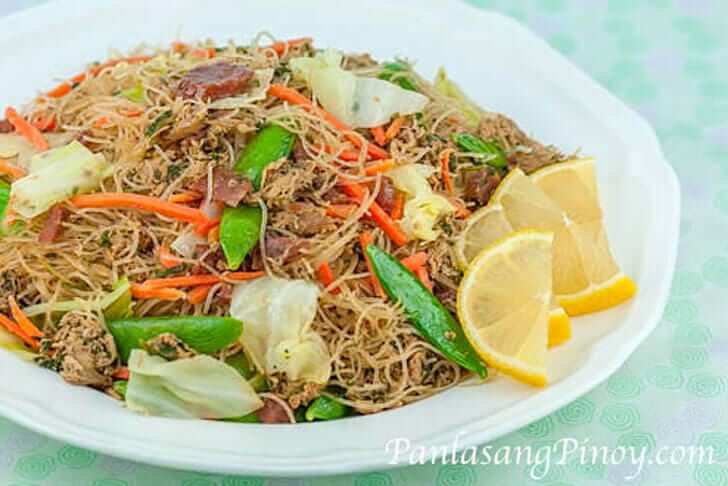
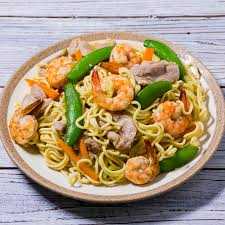
Pancit is a noodle dish with meat and shrimps. There is a wide variety of this. From top to bottom, left to right we have:
Pancit Luglog which is very similar to Pancit Malabon. The noodles are rounder and a specific fish (tinapa) is used to add a smokey flavor to it, usually topped with hard boiled eggs.
Pancit Bihon. The noodles are thinner, and more vegetables are added such as snow peas, cabbage and carrots.
Pancit Canton. It is somewhat similar to Pancit Bihon, but the noodles are tougher in texture.
HALO-HALO

So as you can see, Halo-halo (which means mix or mixture) is a dessert of mixed ingredients with shaved ice. Traditionally made up of coconut gel, banana foster, ice cream, sweet beans, sweet ube (purple yam), jackfruit, palm fruit and flan; but there are local stores who offer more ingredients added to it
I can actually go on and on with all the delicious dishes but ....
Wait, I think I made myself hungry by writing about my favorite Filipino dishes.
So maybe it is your turn to tell me your favorite local dishes.


Our local general store has homemade pizza and it is the bomb. I dont have a pic :( but if i get one ill be sure to put in disc.